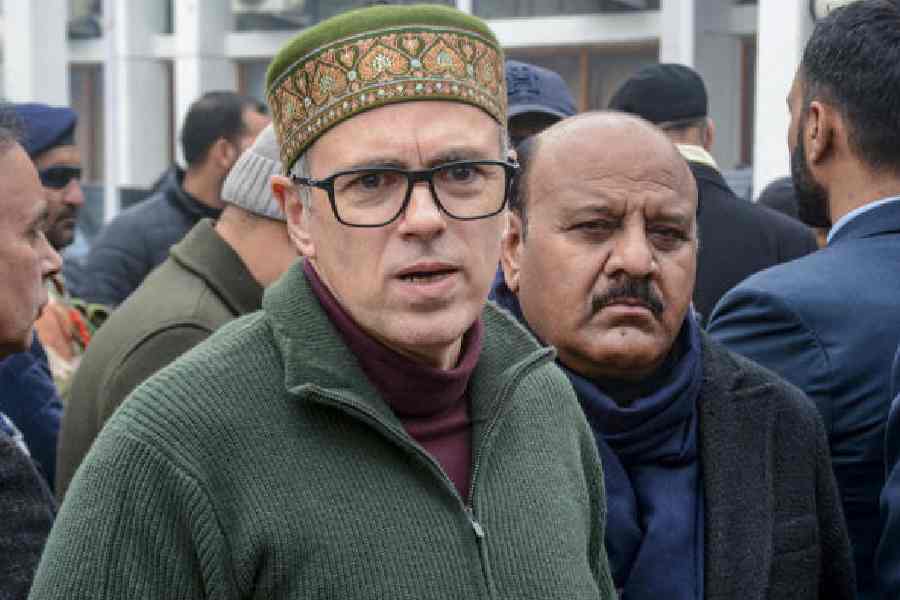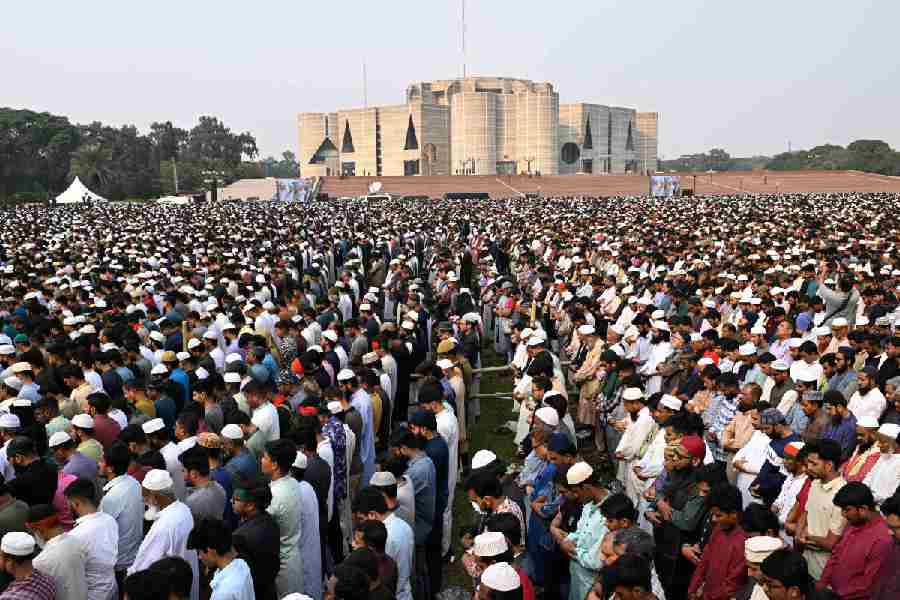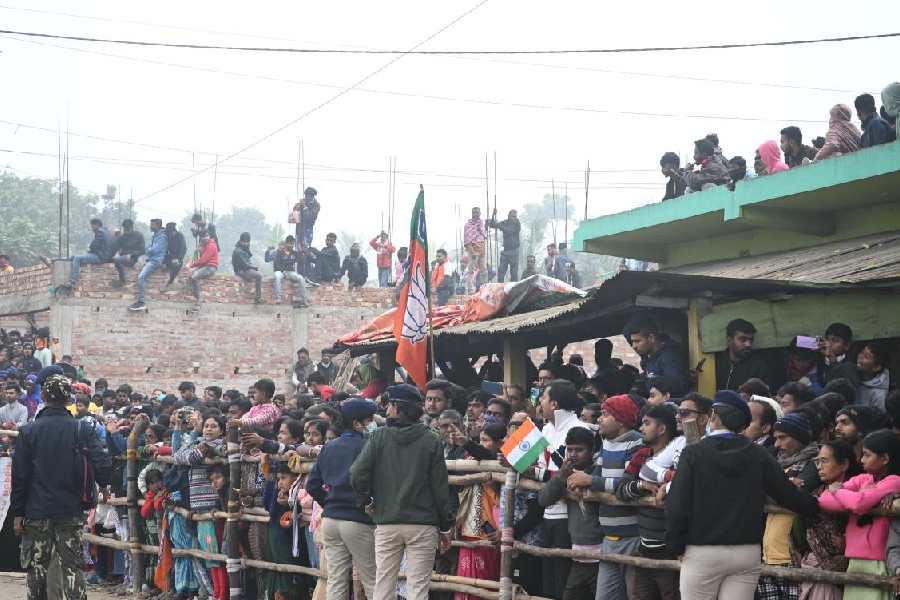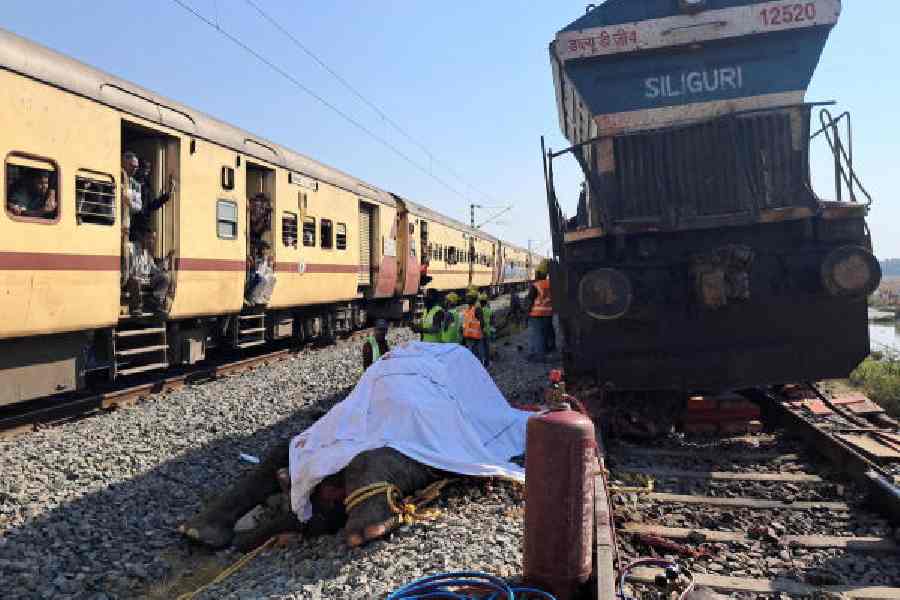Calcutta, May 13: The ignominious defeat of the Buddhadeb Bhattacharjee government today spells not just a change of guard at Writers’ Building but is a grievous blow to the CPM and Left forces in the country as a whole, not unlike the collapse of the Soviet Union which adversely impacted Left parties internationally two decades ago.
An ashen-faced Left Front chairman Biman Bose today admitted that neither the CPM nor its allies had expected this “unprecedented debacle” and promised a threadbare analysis of the reasons behind the defeat. In Delhi, party leaders echoed Bose and a Politburo meeting, followed by a Central Committee meeting, are on the cards to discuss the debacle.
But such is the magnitude of the defeat and so grave are its implications for the party’s future that the usual post-mortems which the CPM is adept at and the hackneyed prescription of “rectification” are unlikely to be of much use this time. Only a complete overhaul of the party’s ways of thinking and being, starting with changes from the top and not the bottom, may help the CPM re-invent itself and regain its strength in the medium to long term.
The CPM leadership in Delhi sought to seek solace in the “narrow” defeat in Kerala to offset the gloom of Bengal but the truth is that neither Kerala nor Tripura ever measured up to the importance of Bengal for the party. Bengal was much more than just a state government. The CPM’s huge “mass base” in Bengal and seven election victories in a row made it the biggest Left bastion not just in India but in the entire “non-socialist” (i.e. countries not ruled by communist parties) world. The Bengal unit was the bulwark that nourished and sustained — materially and politically — the CPM in the rest of India and certainly in New Delhi. In the absence of MPs from Bengal, the CPM could never have influenced the working of the first UPA government at the Centre, Prakash Karat could not have become a household name by confronting the Prime Minister over the nuclear deal, and the party would not have become the nucleus of various “opposition conclaves”: and “third fronts” for two decades starting from the early 1980s.
Much like the Soviet Union, which came under attack for not being “radical” enough, many “left-oriented” people have been critical of the Left Front government in Bengal and often felt that its defeat could lead to a “cleansing” that would revitalise the CPM which remains, for better or for worse, the fountainhead of the mainstream Left in India.
However, just like the collapse of the Soviet Union led to a retreat of “socialism” in Europe and much of the world (with China and even Vietnam embracing the market), the debacle in Bengal is likely to make it even more difficult for the Left in India to remain politically relevant at least in the short term. At the same time, unlike the CPSU or the ruling communist parties in Eastern Europe which fell like nine pins when the Berlin Wall came crashing down in November 1989, the CPM is fortunate to be functioning in a vibrant parliamentary system — never mind that the party officially decries it as a “bourgeois democracy” and still pays lip service to the idea of “revolution” and “dictatorship of the proletariat”. It is theoretically possible, therefore, for the CPM to revive in Bengal despite its dismal showing in this election. But that will not happen as a matter of course and will depend greatly on the leadership.










